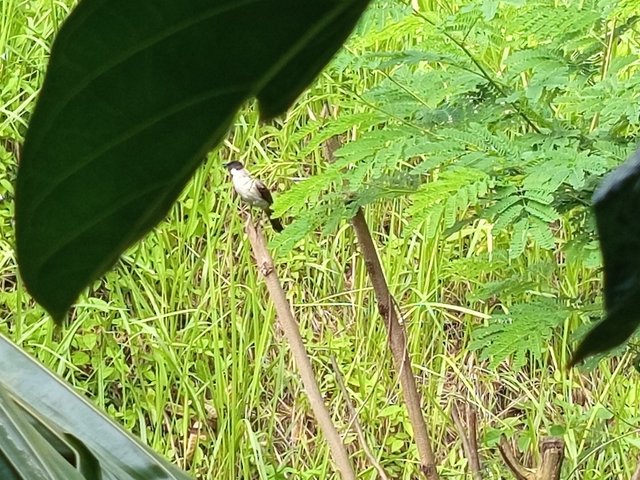
The finch is a type of songbird from the Pycnonotidae family. In English this bird is called Sooty-headed Bulbul, while its scientific name is Pycnonotus aurigaster; referring to the feathers around its orange rump.
The finch is medium-sized, with a body length of about 20 cm. The upper side of the body (back and tail) is grayish brown, while the lower side (throat, neck, chest, and stomach) is grayish white.
This bird has a black hat, forehead, and crest. It has a white rump (front of the tail), and an orange-yellow rump cover. The iris of the finch's eyes is red, while its beak and legs are black.
Types of Food for Finches
Papaya is the first type of nutritious food for finches. Papaya has a soft texture so it is easy to swallow and digest. However, sometimes, this becomes a problem, especially when finches become pests on papaya plantations.
With high levels of healthy fats, protein, magnesium, fiber, calcium, and phosphorus, this food for finches packs nutrients that are unmatched by other fruits. Bananas
Almost the same as papaya, bananas also have a soft texture so that birds like them. The type of banana that is usually given to finches is the kepok banana.
Different fruits have different nutrients and minerals, which are very beneficial for birds. Bananas contain many important nutrients that are beneficial for digestion, heart health, and weight loss. Mashed bananas can be given to birds, or you can also give bananas that are very ripe.
In addition to being able to provide natural foods without processing, finches can also be fed with pellets. The pellets are packaged in such a way as to meet the nutritional needs of pet birds.
In addition to being nutritious, the shape of the feed has also been adjusted for birds. There are many types of feed to choose from, buying feed with an aroma related to finches will be more preferred by them.
Finch food that is no less important is insects. But of course not just any insects. Finches are indeed animals that are classified as omnivores, but providing insects that carry many diseases can also weaken the finches' immune system.
Insects that are generally the food of finches are crickets, caterpillars, butterflies and other insects. Drinking Water
How to Care for Finches
After knowing the food of finches, it is important to know how to care for finches if you decide to keep them in a cage at home. Here are some of them:
Choosing the right cage size
How to care for finches is to provide a comfortable cage for the bird. You can start by choosing the right cage size, which according to thegorbalsla.com is around 70 cm x 45 cm.
Maintaining the cleanliness of the cage
In addition to paying attention to the size of the cage, maintaining its cleanliness is no less important. Finches eat, sleep, and defecate in the cage. Just like humans, birds can be infected with diseases from bacteria and viruses, therefore it is important.
Bathing finches
When bathing finches, pay attention to the right time, because cold air will affect the bird's health. The way to bathe it yourself is by spraying it gently with clean water. Finches can be bathed every 2 weeks when the weather is sunny and best at 8 to 9 am. Avoid spraying the bird in the eye area because it makes the bird uncomfortable and traumatized to be bathed again.
Sunbathing the finch
Don't forget to sunbathe the finch regularly. Don't sunbathe when the sun is too hot or scorching. Pay attention to places with sufficient light.
Sunbathing can be done for 1 to 2 hours only. Don't sunbathe the finch in noisy areas such as the side of the road because it will make the finch easily stressed.